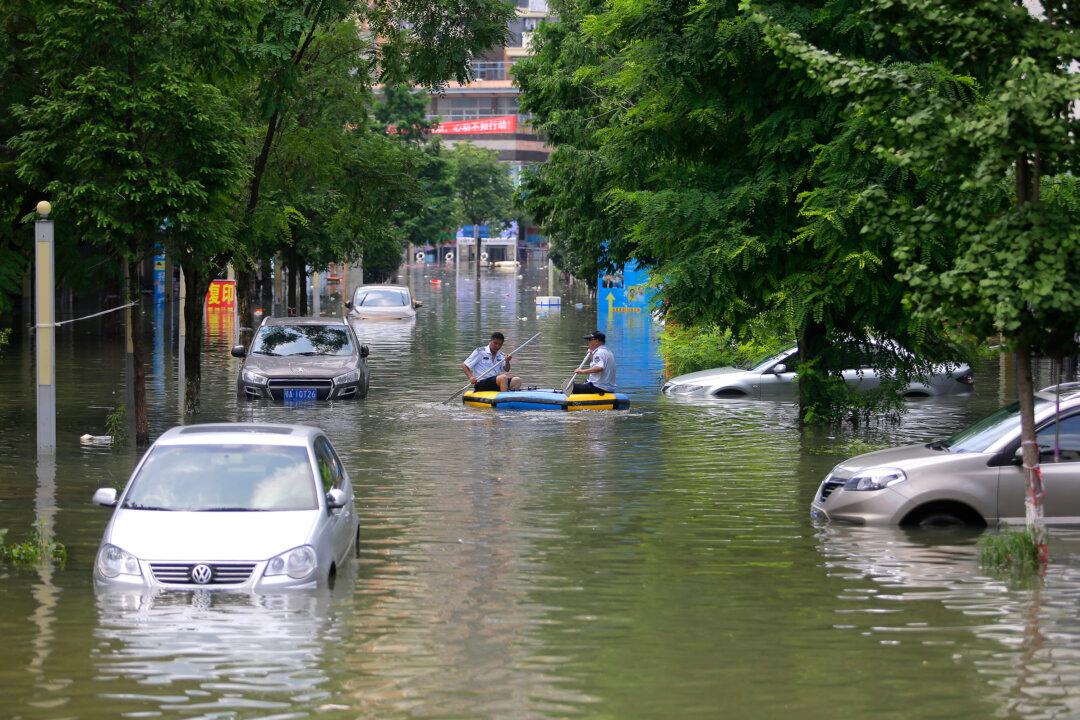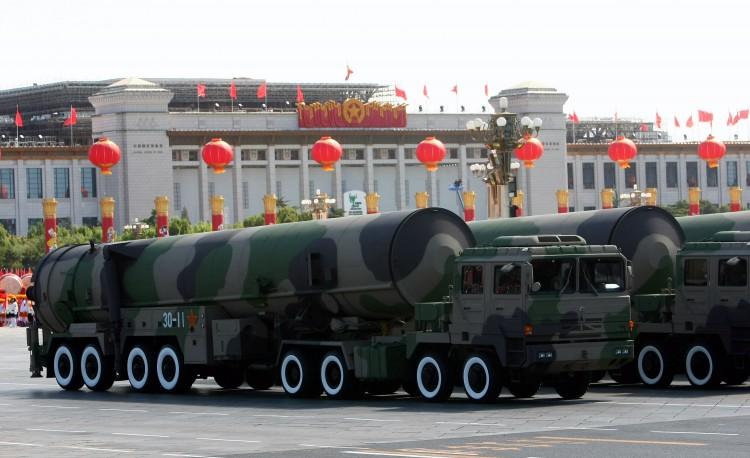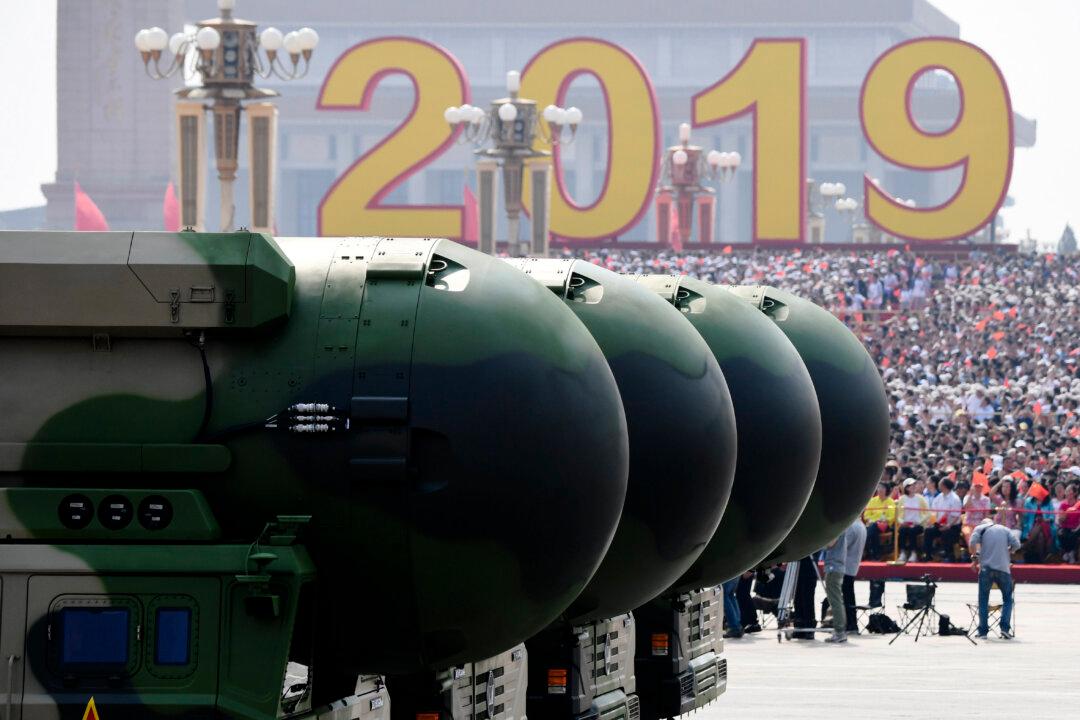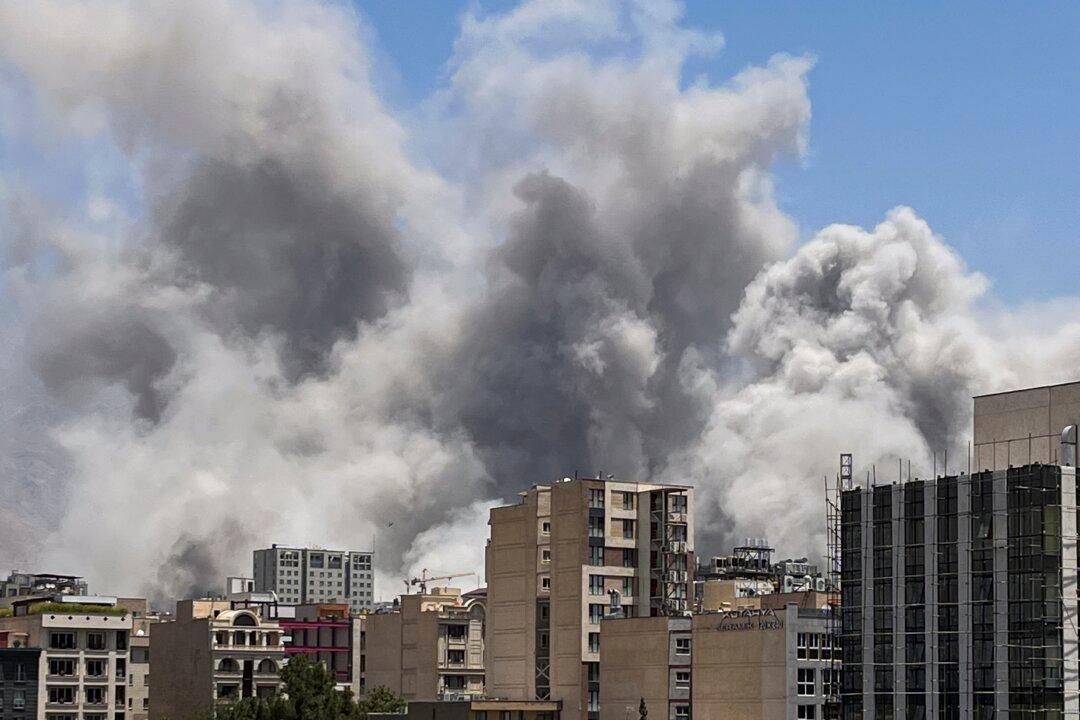Heavy rains in eastern and central China have caused flooding across two dozen provinces and left 186 dead in recent weeks.
One of the worst hit areas was the large central city of Wuhan, already susceptible to flooding because of its location at the intersection of two rivers. Over 169 roads were closed, subways were flooded, electricity was cut, and at least 14 people have drowned.
But alongside the natural disaster, authorities in the city are now facing another problem: accusations that their own corruption contributed to the destruction.
There are a number of indications that the disaster was exacerbated by at least two man-made factors: a highly expensive drainage system that was meant to prevent flooding and the illegal filling in of multiple lakes and wetlands that once diverted excess water.
Citizens have taken notice. “I want to know how that 13 billion yuan (about $1.9 billion) was spent,” wrote Wang Xinyu, a Wuhan resident studying in Beijing, whose letter to the Wuhan authorities went viral online. Wang was referring to the publicly stated cost of the drainage system.
“Yesterday the water bureau in Wuhan stated that it had only spent a total of about 4 billion yuan (about $600 million).”
The drainage network failed to deliver in the face of the heavy rains, which totaled about 580 millimeters (about 23 inches) and lasted from June 30 to July 6. The system, completed this year, was only built to withstand 200 millimeters, the water bureau said in a statement.
But the filling in of natural water catchment areas appears to be just as much of a problem.





